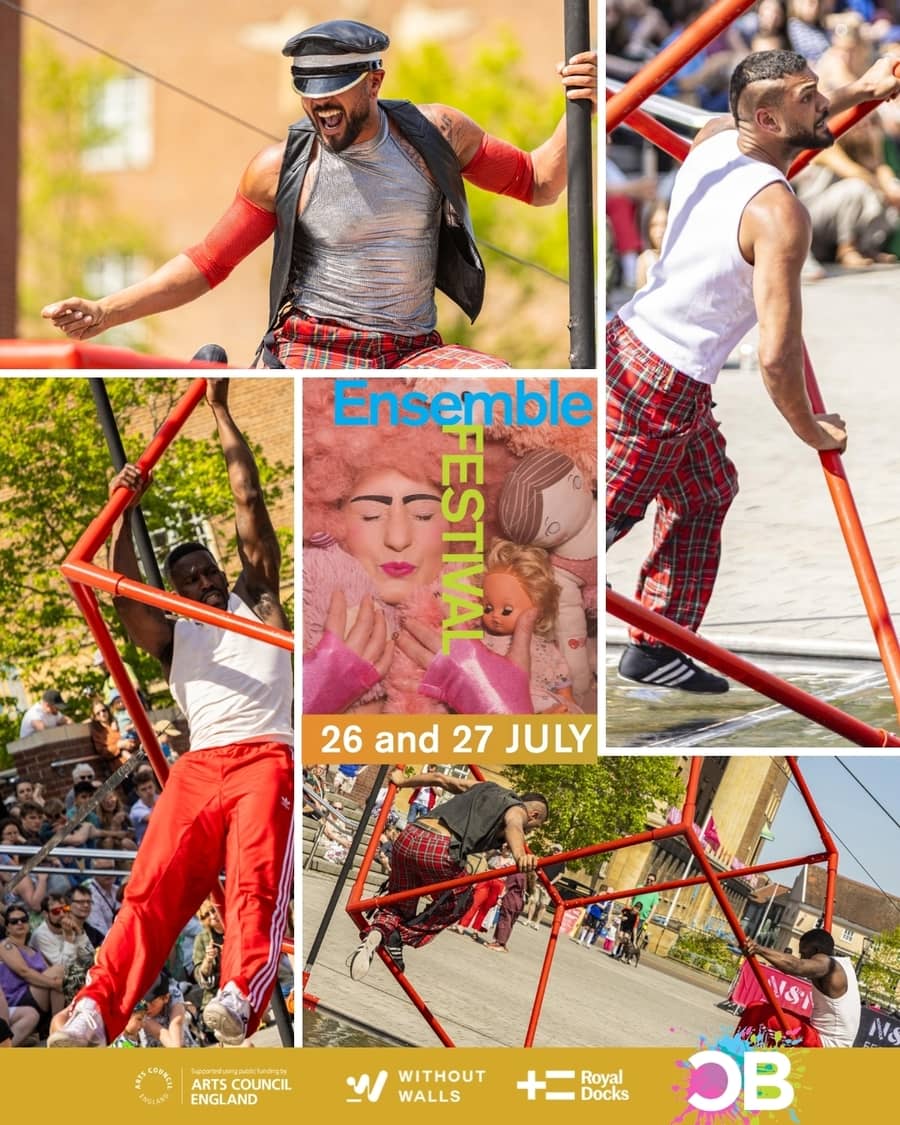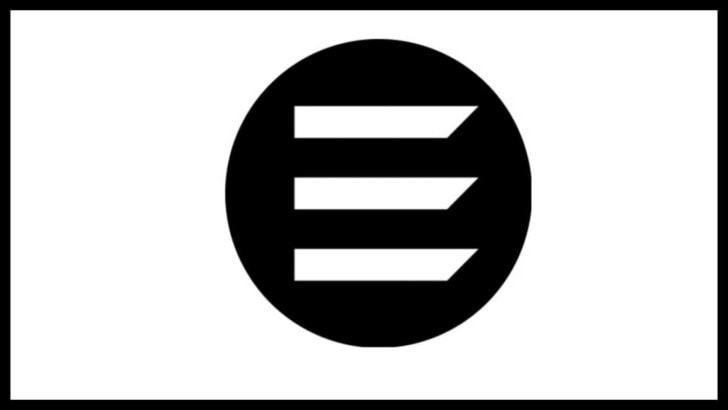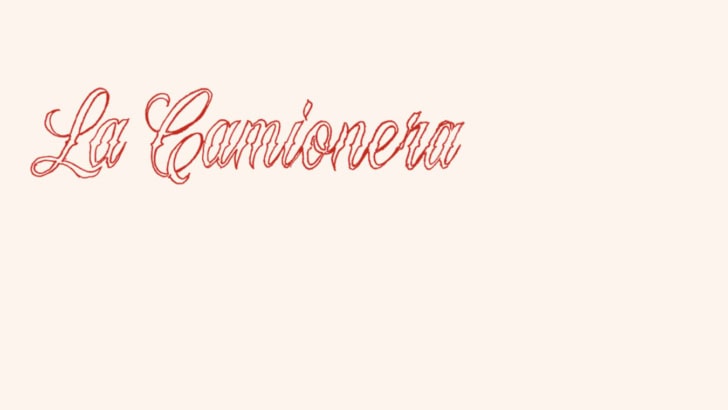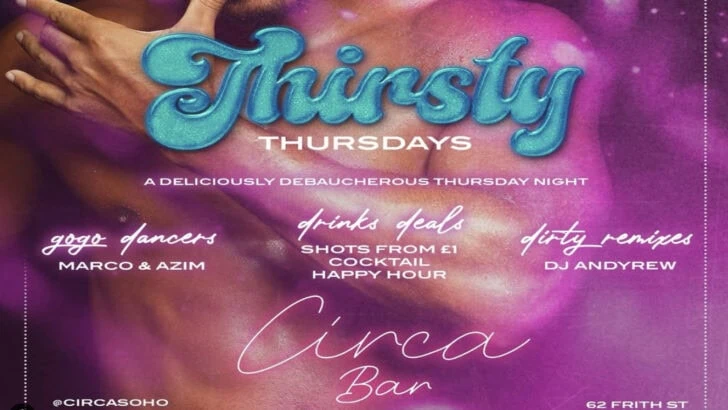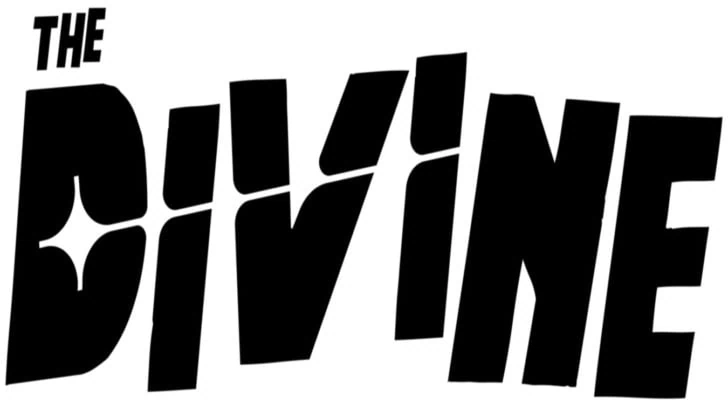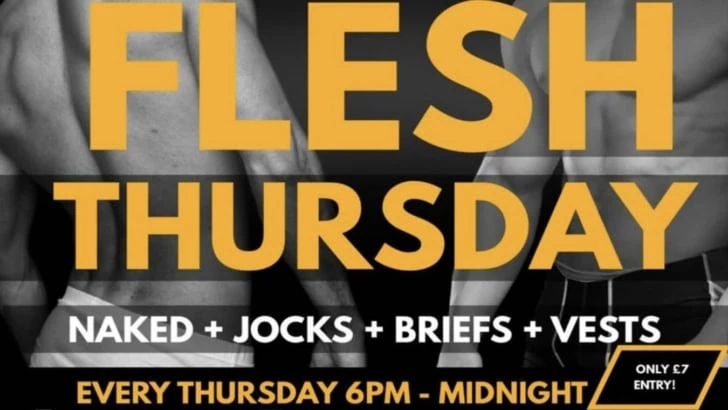A deep dive into Susan Sontag’s seminal essay on Camp ahead of this year’s Met Ball
by Ifan Llewelyn
This year’s Met Gala was set to be one of the queerest events to hit international media. Now in its 71st year, the evening has gone from a discreet fundraiser for wealthy New York elites, where the first ladies of the Upper East Side donned crinoline skirts to rub elbows in the name of supporting the Costume Institute, to one of the biggest media circuses in the fashion calendar where Hollywood starlets and pop icons alike get dressed up like little dolls by major labels and thrown in front of a sea of photographer. Marking a sharp departure from the delicate lace from the orient seen with 2015’s China: Through the Looking Glass and last year’s Heavenly Bodies, this year the biggest names in the fashion industry must put their heads together to turn out something big, something colourful and, most importantly, something CAMP.
It’s clear that this is a very topical move, with drag queens having once again crawled out from the dingy bars and over-heated nightclub dressing rooms and on to Prime Time television. Even within the fashion world, there’s a fresh appreciation for over-the-top statements with celebrities like Cardi B and Kim Kardashian diving into the archive of Thierry Mugler to dig out a Venus-inspired shell dress or a strappy backwards dress.
Us queers know the ins and outs of Camp having spent most of our Sunday afternoons reclined at the Royal Vauxhall Tavern watching a foul-mouthed queen shout profanities in a pair of rhinestone heels and a feather boa. But have you ever stopped to think exactly WHAT the term really means? The Met exhibition has been framed by Andrew Bolton, curator of the Costume Institute, around the seminal essay on Camp by Susan Sontag: Notes on “Camp”. Laying out the parameters and borders on what constitutes ‘unmistakably modern sensibility’ of Camp, she sets out to explain this peculiar phenomenon. Here’s how we can understand “Camp” (by way of Sontag’s essay):
“a camp way of looking at things”
Camp is a sensibility, and therefore a lens through which many of us can look at the world. A camp way of looking at things is why us gays love watching the old biddies of Coronation Street more than your average viewer. It’s why Cruising with Jane McDonald isn’t just a naff travel series, but a bountiful, titillating masterpiece of epic proportions. There’s a sense that no matter how awful, tacky or kitsch something is in its creation, bring to it anyone with that camp vision and it becomes something fabulous. Take Mommie Dearest, the 1981 Joan Crawford biographical film, for example. It’s bad. Really bad. By all measures of good taste, it’s just plain bad. But that doesn’t mean it can’t be amazingly bad. Dazzlingly bad. Life-affirmably bad. To be Camp is to be bad in all the best ways.

“The peculiar relationship between Camp taste and homosexuality”
This is undoubtedly true. There’s a reason us queers can have an appreciation for the things discarded as trash by mainstream culture. As the (until recently) socially disparaged, we learnt to revel in our fellow outcasts. In a historic sense, you can see why ‘homosexuals’ developed a culture based on an appreciation of the lower-brow end of society. Of course, you have the queer intellectuals of days gone by, but even Oscar Wilde revealed in the lower-echelons of cultural life. The Camp mindset is to not see something as terrible, but as hilarious, not as tragic, but as melodrama. Life can’t be taken seriously. These are the tools that got us through decades of oppression, torture and torment. In The Naked Civil Servant, you can see how Quentin Crips adopted some augmentation of the Camp sensibility to make it through his day as a flamboyant homosexual in the early 20thcentury, stating that ‘aloofness is the posture of self-defence’.
“androgyne is certainly one of the great images of Camp sensibility”
Somewhat related to the queer pre-occupation with all thing Camp, is the Camp preoccupation with an androgynous aesthetic. Though ‘androgyny’ alone can’t be said to be Camp, but when paired with (as Sontag puts it) a “relish for the exaggeration of sexual characteristics” it sure as hell is. This is most easily personified in the old fashioned drag queen, who is undoubtedly an embodiment of all things Camp. It’s hyper-femininity paired with a flat hairy chest and a sequined gown. In her aesthetics, she is painted to the gods, with hair to high heaven and luscious, glittering costumes. A queen must not only look Camp but also have the mannerisms to match. Along with this disjointed feminine aesthetic comes the limp-wrist, the pursed lip and that essential ability to tear a person down by one swift look up and down. It’s Bette Davis, Greta Garbo and Benny Hill all wrapped into one.

“One must distinguish between naïve and deliberate Camp”
There has to be a clear distinction between when something is Camp because it just happens to be (naïve) and because it tries to be (deliberate), but it is sometimes hard to tell. A play by Noel Coward is deliberately Camp, with Blithe Spirit’s Madame Arcati being a finely crafted example. Barbra Windsor Carry On Camping is one of the first performances to come to mind when thinking of conveying a deliberate Camp-ness, coming a swift second to anything Kenneth Williams has ever done. Then Camp that naïvely treads its way into Camp territory would be something like Barbara Windsor on EastEnders where a dramatic monologue doesn’t really read that way. Even with the Queen Vic burning and crumbling around her, you can’t help but think “Oh, how camp!” British daytime television is rife with less clear cut examples of Camp action, and it’s not quite as easy to distinguish if Loraine Kelly is naïvely Camp by nature, or is playing the dramatic role of Loraine with a very conscious and deliberate Camp.
“Objects prized by Camp taste are old-fashioned”
We’re sure we don’t have to point out that most things from the Camp canon that burst into your mind when you hear the word aren’t going to be from this side of the millennium. Your grandmother’s lampshade has a much higher likelihood of being Camp than Ariana Grande’s latest album. For something to be naff, or tacky, or indeed Camp, it can’t be brand new. Sure, it can technically be new, like a platform Balenciaga Croc, but that shoe has Camp value because it’s gesturing back to the awful decision we all made back in the noughties to wear foam shoes with holes in them. Now over a decade on they’re camp. The new breed of drag queen death-dropping to a Britney song with a face full of Instagram-style makeup can’t really be said to be Camp, but put her in a lime green nightgown, kitten heels, and make her sing some Shirley Bassey and BOOM! There you have it! CAMP!

“it’s good because it’s awful”
Think knitted dresses. Thinks sandals and socks. Think DOUBLE DENIM. They’re good because they shouldn’t be. Shania Twain in a leopard print hood, leopard print gloves, leopard print flairs holding a leopard print hat box might not impress Anna Wintour much, but that doesn’t mean it doesn’t fill us with glee. Refinement and subtly need not apply in the world of Camp. Coco Chanel might have had her women take one thing off before leaving the house, but Camp has women throwing EVERYTHING on, including the kitchen sink as a fetching fascinator.

Since, in the words of Sontag, one is ‘drawn to Camp when one realises that “sincerity” is not enough’, we wait with bated breath to see if the Kylie Jenners and the Kanye Wests of the Met Ball red carpet can leave their serious high-fashion sensibilities at home and give themselves over to camp. We want Bella Hadid in Divine make-up. We want to see JLo looking like a knitted toilet roll doll. We want to see Rihanna (dubbed the ‘queen of the Met Ball) looking like Lily Savage after a heavy night at the Tavern. More importantly, we want to see the purveyors of Camp grabbing that spotlight, with everyone from Cher to Bette Midler, John Waters to Lady Bunny taking centre stage. Only time will tell if the Met Ball can move beyond it’s past sincerity and embrace the tit-wiggling, torn-fishnet bedraggled bombasity that is CAMP.
A deep dive into the lyrics of Countess LuAnn’s ‘Chic, C’est La Vie’
